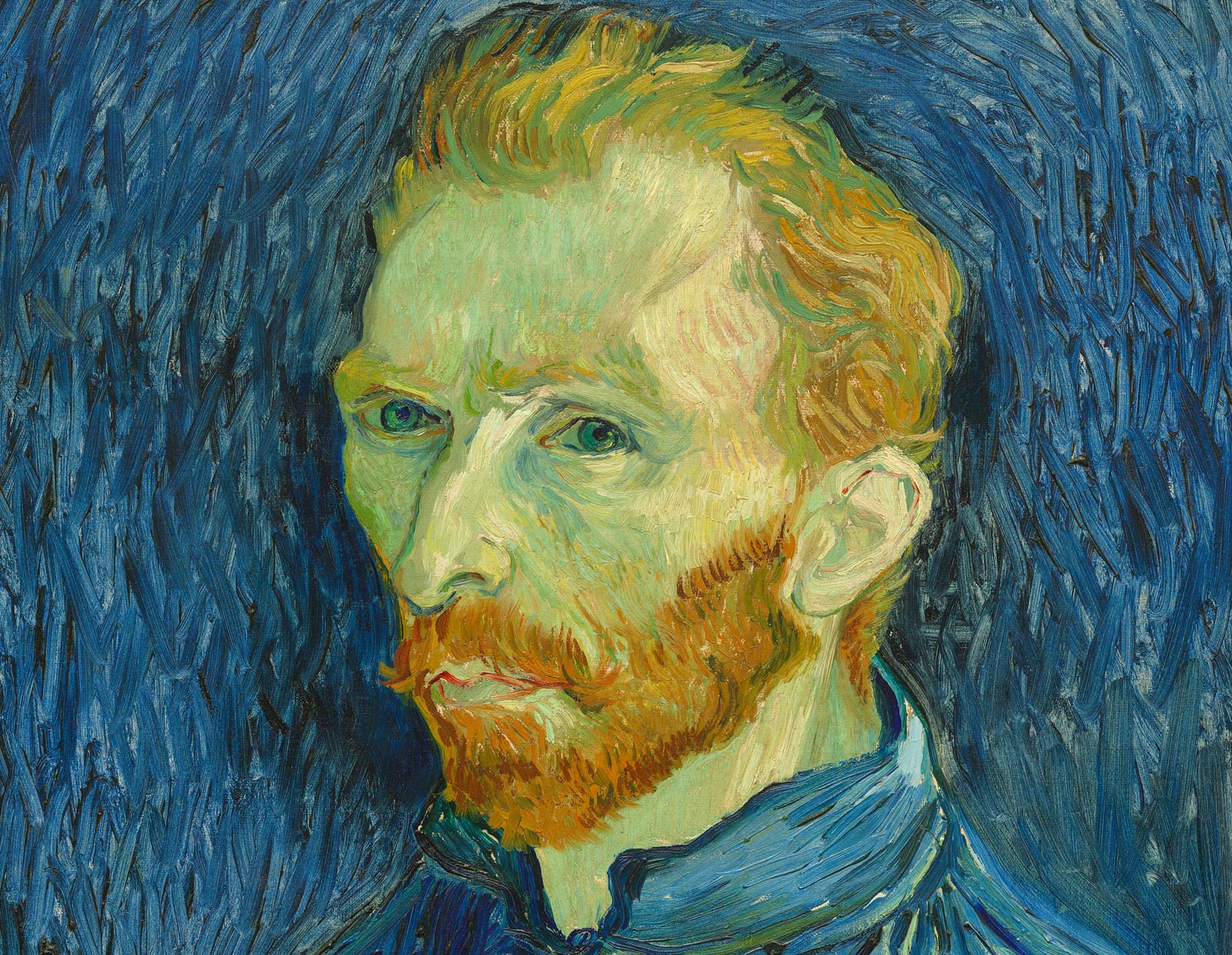
Henri de Toulouse-Lautrec, Vincent van Gogh, 1887. Van Gogh Museum, Amsterdam (Vincent van Gogh Foundation), d693V/1962.
Vincent van Gogh grew up in the southern Netherlands, where his father was a minister. After seven years at a commercial art firm, Van Gogh’s desire to help humanity led him to become a teacher, preacher, and missionary—yet without success. Working as a missionary among coal miners in Belgium, he had begun to draw in earnest; finally, dismissed by church authorities in 1880, he found his vocation in art.
Van Gogh’s earliest paintings were earth-toned scenes of nature and peasants, but he became increasingly influenced by Japanese prints and the work of the impressionists in France. In 1886 he arrived in Paris, where his real formation as a painter began. Under the influence of Camille Pissarro, Van Gogh brightened his somber palette and juxtaposed complementary colors for luminous effect. Younger artists like Henri de Toulouse-Lautrec and Paul Gauguin prompted him to use color symbolically and for its emotional resonance.
Although stimulated by the city’s artistic environment, Van Gogh found life in Paris physically exhausting and moved in early 1888 to Arles. He hoped Provence’s warm climate would relax him and that the brilliant colors and strong light of the south would provide inspiration for his art. Working feverishly, Van Gogh pushed his style to greater expression with intense, energetic brushwork and saturated, complementary colors. Yet his densely painted canvases remained connected to nature—their colors and rhythmic surfaces communicate the spiritual power he believed inhabited and shaped nature's forms. His activity was not undisciplined; quite the opposite, he worked diligently to perfect his craft.
Van Gogh hoped to attract like-minded painters to Arles, but only Gauguin joined him, staying about two months. It was soon clear that their personalities and artistic temperaments were incompatible, and Van Gogh suffered a breakdown just before Christmas. In April, following periods of intense work interrupted by recurring mental disturbances, Van Gogh committed himself to a sanitarium in St.-Rémy. He painted whenever he could, believing that in work lay his only chance for sanity. After a year, he returned north to be closer to his brother Théo, who had been his constant support; in July he died of a self-inflicted gunshot wound.
More Works from the Collection









